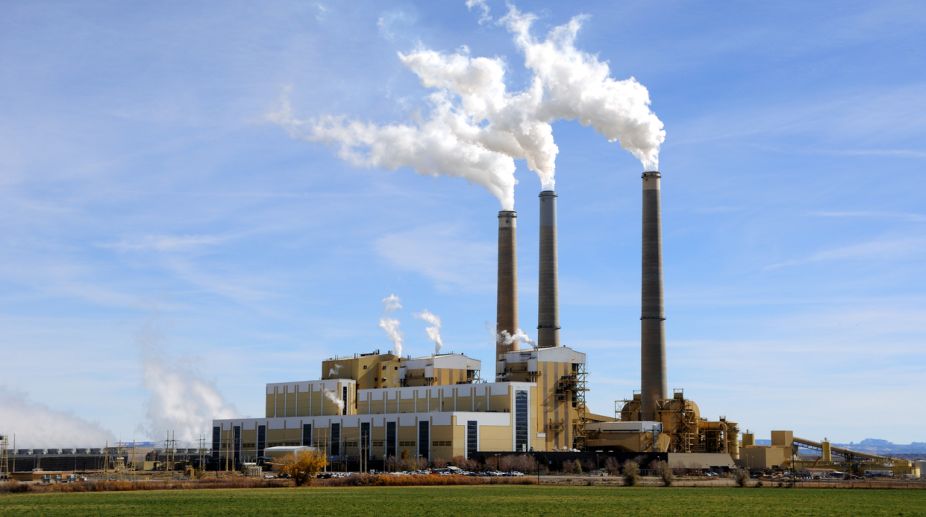Despite a huge potential, the District Mineral Foundation (DMF), instituted with the aim of ensuring benefit sharing for mining-affected people, has several shortfalls on various fronts, finds the Centre for Science and Environment (CSE) in the first assessment of the scheme. A whopping Rs.5,800 crore has been collected in the two years since the DMF was instituted in March 2015 under the Mines and Minerals (Development and Regulation) Act. Yet there are shortfalls on various fronts, from institutional and administrative issues, to planning and budgetary allocations, CSE's assessment report said.
"DMF is a defining opportunity to overturn the decades of injustice meted out to the thousands of people living in deep poverty and deprivation in India’s mining districts," said CSE deputy director general Chandra Bhushan, releasing the Centre's study on the status of DMF here on Thursday. Describing DMF as a game-changer, Bhushan said it is big money. It is different from other Central government schemes, which are thinly-spread. "DMF also has to be a convergence plan. One can take money from the Central scheme and add to it," he added.
Advertisement
Established as a non-profit Trust, DMFs in every mining district have the precise objective to work for the interest and benefit of persons and areas affected by mining related operations. DMF, which was instituted under India’s central mining law, the Mines and Minerals (Development and Regulation) Act (1957), has also been aligned to an important Central government scheme, the Pradhan Mantri Khanij Kshetra Kalyan Yojana (PMKKKY) that was launched in September 2015. According to the provisions of DMF, miners and mining companies are required to pay a sum to the DMF Trust of the district where the mine is located. This sum is determined on the basis of their royalty payments.
The fund is clearly a bounty for some of India’s poorest and under developed districts, many of which are in the country’s top mining states.
With a huge non-lapsable and an untied resource cover, clear objectives guiding the implementation, targeted beneficiaries and focussed intervention areas, DMFs hold a huge promise to address years of deprivation and inequality afflicting people living in India’s mining areas. "The government had rightly observed that DMF and PMKKKY are 'revolutionary' steps. However, the success of this move now lies in its relevance to, and participation of the people, and the transparency and accountability mechanisms through which the institution operates in the coming years," said Bhushan.
In its survey covering 50 key mining districts in the country, spread across 11 states, CSE found that the collected total of Rs.5,800 crore is not from all the mining districts. Hence, the potential corpus is still higher, as in certain states such as Tamil Nadu and Uttar Pradesh DMFs are yet to be rolled out. Odisha, Jharkhand and Chhattisgarh alone account for close to 70 per cent of total money deposited in DMFs so far.
The report noted that the allocations at various instances are ad hoc and short-sighted. In many districts, the DMF plans mechanically list the number and types of works to be undertaken, without any elaboration on the rationale of planning. Drinking water is a common issue that has been considered "high priority" by most districts. Education and healthcare are two others that districts have considered, though for all these allocations and approaches vary.
Noting that broadly things are getting stabilised, Bhushan said for the scheme to succeed, a bottom-up planning process must be followed by involving gram sabhas.











